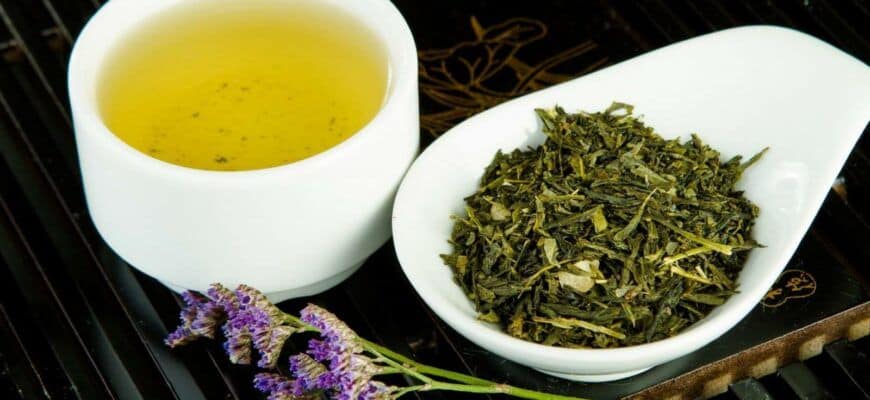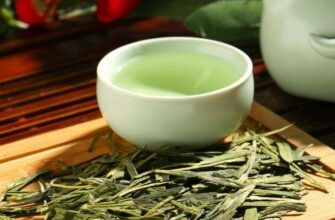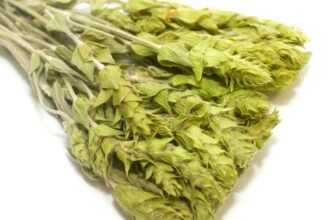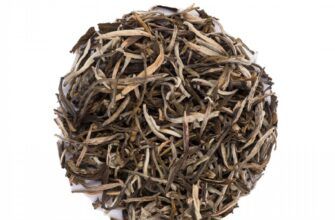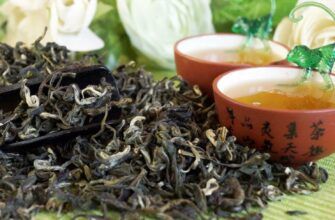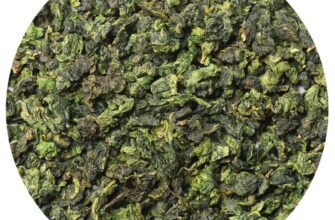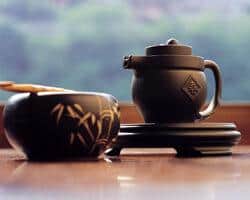 Japan is a country with a centuries-old tradition of tea production and consumption. In many ways, this is facilitated by climatic conditions that allow growing a variety of tea varieties. We will now tell about the main varieties of tea and start with the most popular variety.
Japan is a country with a centuries-old tradition of tea production and consumption. In many ways, this is facilitated by climatic conditions that allow growing a variety of tea varieties. We will now tell about the main varieties of tea and start with the most popular variety.
Ryokucha is very popular and widespread in Japan. Production technology: the collected tea leaves are dried with hot air, then they are crushed.
Gyokuro - young leaves with an upper bud. 20 days before harvest, the tea bushes are covered with straw so that direct sunlight does not fall on the leaves.
Mikitya (stem tea) - as the name implies, this variety consists of tea stalks remaining after the leaves have been harvested.
Bancha is a tea made from ripened leaves.
Matcha is a harvesting technique similar to the gyokura variety, but after harvesting, the leaves are dried and then ground into a powder.
Genmaicha is a mixture of fried grains of a special kind of rice ("genmai"), ryokutya and bancha, in equal proportions.
Hojicha (brown tea) - roasted large tea leaves (adults).
Mugitcha are well-roasted, unpeeled barley grains. Method of preparation - short boiling of grains and black or red teas.
Read more:
